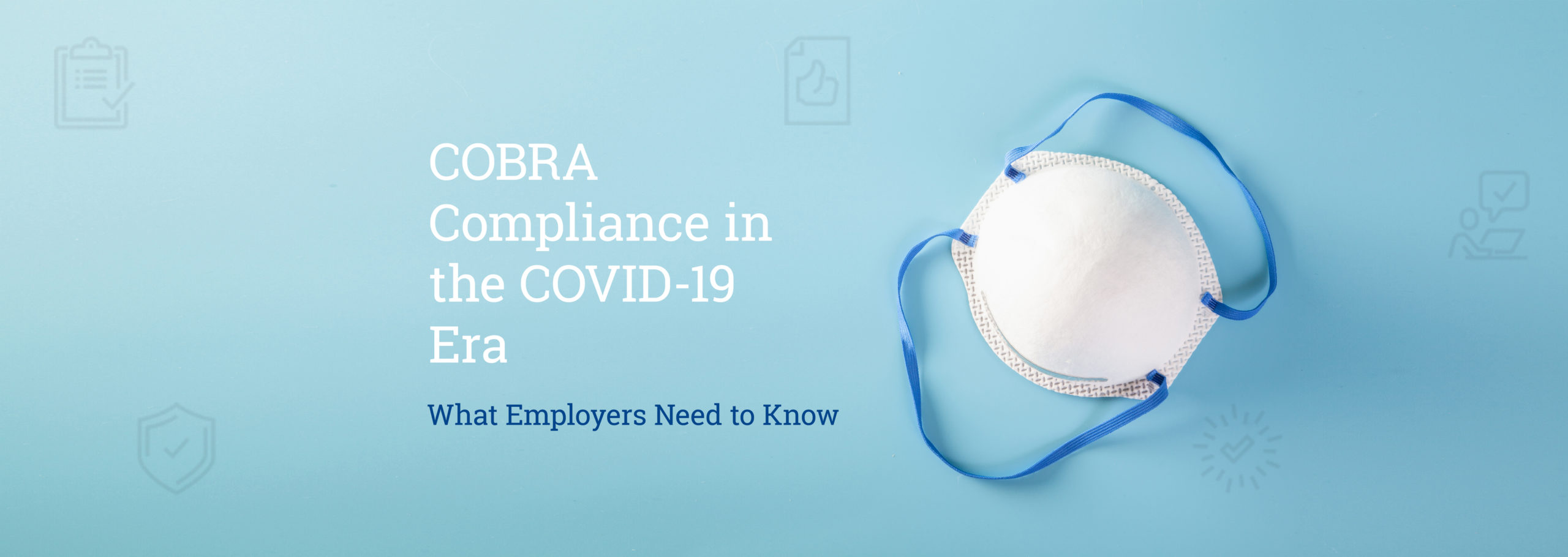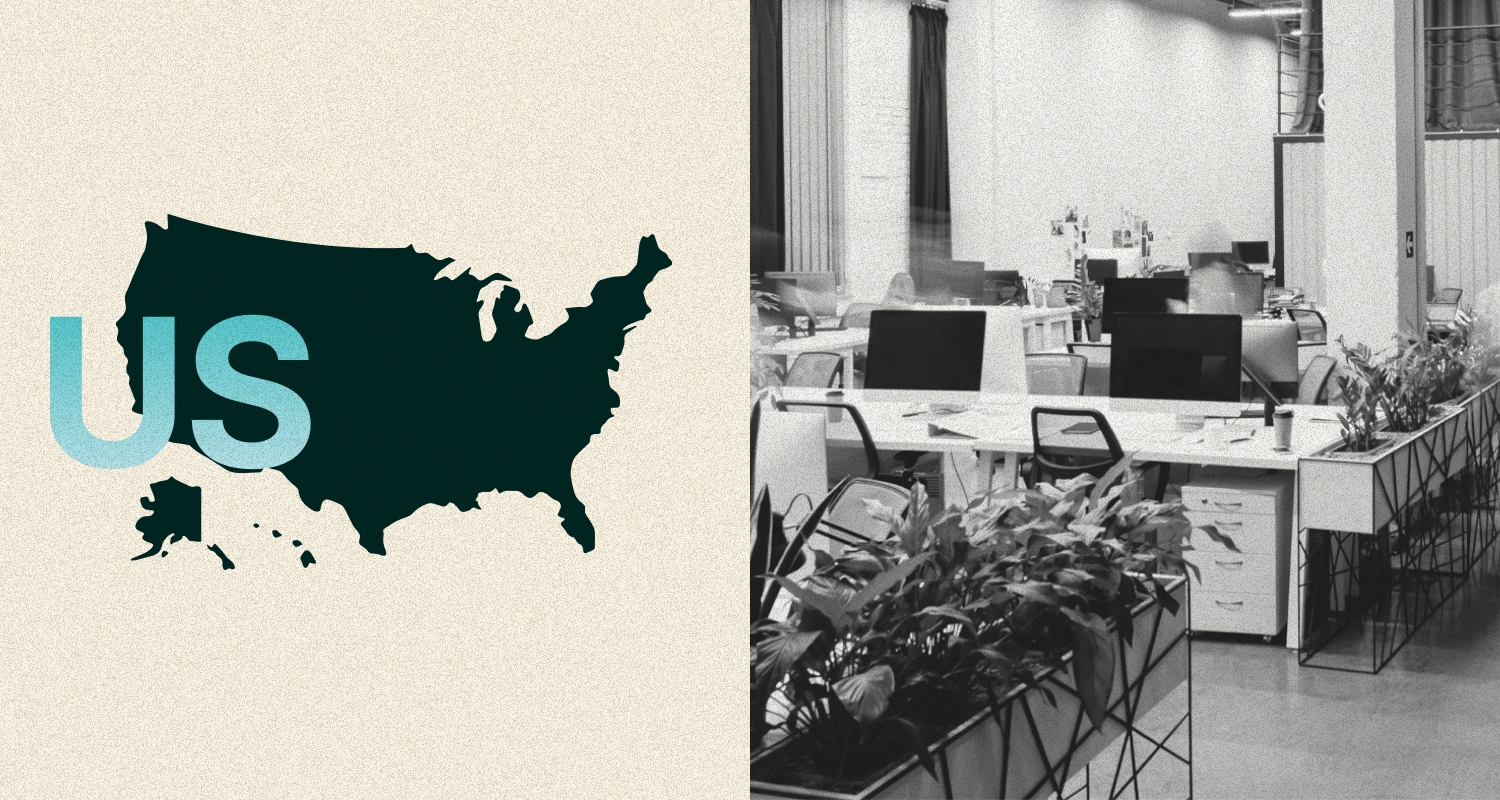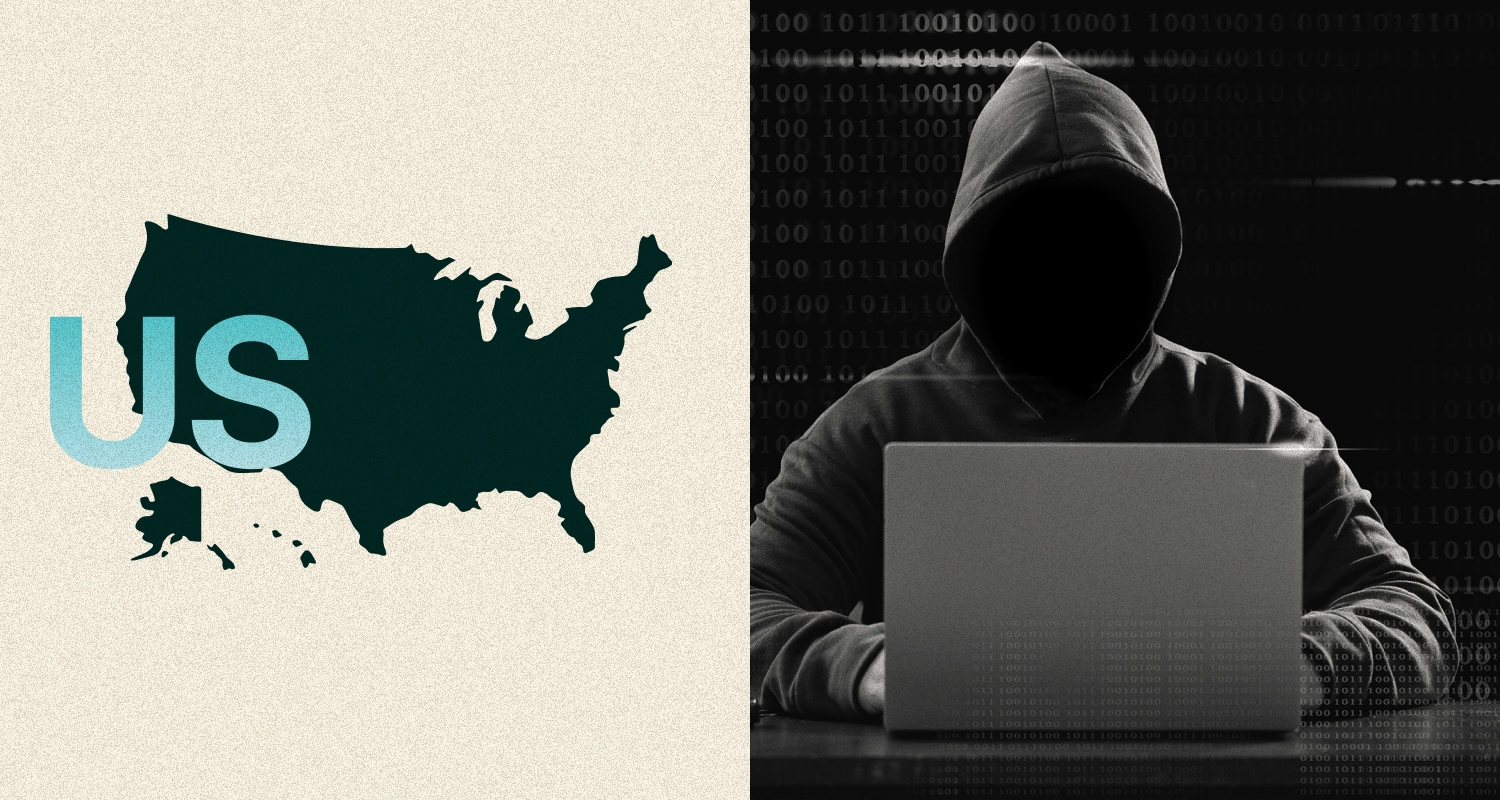Updated 9/2/20 with employer tips on working with COBRA vendors in light of COVID-19 changes.
Updated 6/30/20 with additional information on COBRA-related litigation.
The COVID-19 induced economic downturn has forced many employers to cut employee hours and undergo reductions in force, which in turn, has caused employees to lose healthcare coverage and required employers to offer COBRA continuation coverage. Recognizing the increase in COBRA coverage during this time, the Department of Labor (DOL) and the Internal Revenue Service (IRS) released temporary changes to certain COBRA rules which make it easier for employees to enroll in and pay for COBRA coverage. In addition, perhaps uncoincidentally, there has been a recent uptick of COBRA-related class action lawsuits against employers who fail to meet their COBRA obligations.
Given these recent changes, it would be prudent for employers to audit their current COBRA processes to shore up any gaps in compliance. Below, we outline how recent COBRA updates and changes affect employer COBRA obligations and we also walk through how employers can ensure COBRA compliance in this changing landscape.
Compliance Snapshot
Employers can take the following steps to ensure their COBRA processes comply with recent regulatory changes (each are discussed in further detail throughout this article):
- Employers should ensure they are sending the updated versions of the COBRA general notice and election notice to qualified beneficiaries moving forward. In addition, employers should also notify qualified beneficiaries who experience a COBRA qualifying event after March 1, 2020 (and during the “Outbreak Period,” as discussed below) of their extended deadline to elect COBRA coverage. Employers should work with their COBRA vendor to ensure that qualified beneficiaries are receiving the proper notices.
- Employers may want to check in with their COBRA vendors to understand how they are complying with the extended deadlines for premium payments during the “Outbreak Period.” Employers should notify COBRA participants of this limited extension.
- Employers who are allowing “special” mid-year changes to their group health plans and/or flexible spending accounts (FSAs) should also notify and allow COBRA participants to make the same changes (upon carrier approval).
COBRA in a Nutshell
Federal COBRA regulations require certain employers to offer covered employees and their covered beneficiaries (together “qualified beneficiaries”) the option to continue coverage under their group health plan if they experience a COBRA qualifying event that causes them to lose coverage. Employers who had more than 20 employees in the prior calendar year are subject to federal COBRA regulations, which require employers to notify individuals of their COBRA rights and to administer COBRA according to specific rules.
A reduction in hours, temporary furlough, or termination are considered COBRA qualifying events if they cause employees (and their dependents) to lose their employer-sponsored group health plan coverage. Thus, employers who have undergone COVID-19 related furloughs or reductions in force should be especially cognizant of their responsibilities under COBRA.
Although many employers use third-party vendors to administer COBRA, it is important to emphasize that employers are legally responsible to fulfill their COBRA obligations and may be subject to penalties and lawsuits for noncompliance.
Employer COBRA Obligations
1. Provide the appropriate individuals with the general COBRA notice and the COBRA election notice within the required time period.
Employer Obligations:
- COBRA General Notice: Employers are required to provide each covered employee and their spouse (if any) with a written notice of their COBRA rights within 90 days of being covered under the plan.
- COBRA Election Notice: If an employee experiences a COBRA qualifying event that causes them to lose coverage, employers must provide all qualified beneficiaries with a notice that describes their rights to COBRA continuation coverage and how to elect coverage within 44 days of the COBRA qualifying event.
The DOL provides model notices that employers can use to satisfy the above notice requirements. However, it is important to note that the DOL model COBRA Election Notice is not meant to be used “as is” and requires employers to tailor the notice according to their situation. Notably, there has been a recent uptick of class action lawsuits against employers which allege that they failed to provide adequate COBRA election notices by failing to properly customize the DOL election notice (and include sufficient information in the notice). The lawsuits allege a variety of deficiencies with respect to the COBRA election notice including the:
- failure to include the plan administrator’s name, address, and phone number;
- failure to include the election form;
- failure to include the date on which COBRA continuation coverage will end;
- failure to provide an address to which COBRA payments should be sent;
- failure to be written in a manner that the average participant can understand; and/or
- failure to meet foreign language requirements.
Although these cases are still making their way through the courts and have not yet been substantively decided, they serve as a warning sign for employers. Employers should ensure that the COBRA election notices that they send out provide all of the required information.
Although many employers work with COBRA vendors to provide these COBRA notices, it is ultimately the employer’s responsibility to provide proper notices in a timely manner. Employers may be subject to a penalty of $110 per day, daily excise taxes, or a potential lawsuit from affected qualified beneficiaries if they fail to provide proper COBRA notices within the required timeframe. Many lawsuits have also been brought against employers who fail to timely provide COBRA election notices to all qualified beneficiaries.
Employers are required to provide the notices in a written format and are permitted to mail a single notice for all qualified beneficiaries if they reside at one mailing address. Employers can provide the notices electronically, but only if they first obtain any needed consent from all appropriate individuals pursuant to the DOL electronic disclosure rules.
Recent Changes:
- On April 28, 2020, the DOL released Disaster Relief Notice 2020-01, which provides relief to employers who fail to furnish COBRA notices during the “Outbreak Period” (which begins on March 1, 2020 and ends 60 days after the end of the COVID-19 National Emergency, which is to be determined) as long as the plan acts in good faith and furnishes the required notices as soon as administratively practicable. In addition, employers can provide COBRA notices electronically (via email, text message, or through a website) during the “Outbreak Period,” if they reasonably believe that plan participants and beneficiaries have access to these electronic mediums. For additional information on Notice 2020-01, see our blog.
- On May 1, 2020, the DOL released an updated model general notice and an updated model election notice.
Employer Actions Items:
- Employers should send (or ensure that their vendor sends) the updated versions of the COBRA model general notice and model election notice, as applicable, or a more detailed version of these notices that the employer has agreed upon with their vendor.
- Although employers have flexibility with providing notices during the “Outbreak Period,” employers should continue to provide the COBRA notices within the “normal” timeframes if they are able.
- Employers may now provide COBRA notices electronically (even without prior consent) during the “Outbreak Period” if they reasonably believe that plan participants and beneficiaries have access to these electronic mediums.
- Employers who rely on vendors to send COBRA notices should ensure that their vendor receives accurate and up-to-date information on any enrollments or COBRA qualifying events (e.g. terminations, furloughs, etc.) so that notices are sent timely. Many employers periodically audit their vendor “file feeds” to ensure the appropriate information is being transmitted, which is a recommended best practice.
2. Provide qualified beneficiaries adequate time to enroll in COBRA continuation coverage.
General Rule: Employers must provide COBRA qualified beneficiaries with at least 60 days to elect COBRA continuation coverage. The 60 days begins from the date the election notice is provided, or the date a qualified beneficiary would lose coverage due to the qualifying event, whichever is later.
Recent Changes: In light of COVID-19, the DOL and IRS have provided qualified beneficiaries additional time to elect coverage if their deadline to elect falls within the “Outbreak Period” (i.e. after March 1, 2020, as discussed in the section above). This means that qualified beneficiaries who experience a COBRA qualifying event during the “Outbreak Period” must be given until 60 days after the end of the “Outbreak Period” to elect COBRA coverage. For more on this COBRA deadline extension, see our blog.
Qualified beneficiaries who wait to elect COBRA coverage should be aware that coverage will be effective retroactive back to when they first lost coverage. This means that they will be responsible for paying COBRA premiums from the time they first lost coverage to the time when they elect coverage, which could cost them a significant amount in premiums. As such, employers should notify qualified beneficiaries of their extended deadline to elect coverage and the implications of waiting to elect coverage.
Employer Actions Items:
- Employers may want to check in with their COBRA vendors to understand how they are complying with the extended deadline to elect COBRA coverage.
- It is best practice for employers to notify their employees and COBRA qualified beneficiaries of the extended time period to elect COBRA coverage. Employers should check with their COBRA vendor to see whether they will help provide this employee notice.
- If an employer decides to change COBRA vendors, employers should ensure that their new COBRA vendor receives data on COBRA beneficiaries’ elections and payments back to the beginning of 2020. Because of the extended COVID-19 deadlines, COBRA beneficiaries have more time to enroll in COBRA coverage and/or make premium payments and the COBRA vendor needs to have accurate information to process these requests.
3. Provide COBRA participants adequate time to pay for their COBRA premiums before dropping coverage.
General Rule: If COBRA participants fail to pay their premiums when they are due, employers must give participants at least a 30-day grace period to pay their premiums (or 45 days for an initial COBRA payment) before terminating their coverage.
Recent Changes: In light of COVID-19, the DOL and the IRS have provided COBRA participants additional time to pay their COBRA premiums if the end of their grace period falls within the “Outbreak Period” (i.e. after March 1, 2020). This means that if a payment was due during the “Outbreak Period,” the participant will have 30 days (or 45 days, if applicable) after the end of the Outbreak Period to make their payments. For more on this COVID-19 extension, see our blog.
Plans must continue to provide coverage to COBRA participants during the Outbreak Period even if they miss premium payments during that time; however, if a participant fails to pay the premiums once they become due after the end of the Outbreak Period, the plan can retroactively terminate coverage for the months the premiums were unpaid. It is unclear from the new regulations how carriers and vendors will handle missed payments and employers should reach out to their carriers or vendors for any needed guidance.
Employer Action Items:
- Employers should work with their COBRA vendor and their carriers to determine how they will treat the non-payment of premiums.
- It is best practice for employers to notify COBRA participants of the extended time period to make premium payments. Employers should check in with their COBRA vendors to see if they will be providing notice to qualified beneficiaries.
- If an employer decides to change COBRA vendors, employers should ensure that their new COBRA vendor receives data on COBRA beneficiaries’ elections and payments back to the beginning of 2020. Because of the extended COVID-19 deadlines, COBRA beneficiaries have more time to enroll in COBRA coverage and/or make premium payments and the COBRA vendor needs to have accurate information to process these requests.
4. If an employer allows active employees to make “special” mid-year changes, they should also allow their COBRA participants to make the same “special” mid-year changes.
Employer Obligation: COBRA participants are entitled to the same benefits, choices, and services that similarly situated active plan participants (i.e. current employees) are receiving under the plan, such as the right to open enrollment and the right to choose among available coverage options. Any change made to the plan’s terms that apply to similarly situated active employees and their families will also apply to qualified beneficiaries receiving COBRA continuation coverage.
Recent Changes: Due to COVID-19, the IRS is allowing employers to permit their employees to make mid-year changes to their group health plans (e.g. enroll and/or switch plans) and/or make changes to their health FSA election (e.g. elect coverage, revoke election, and/or change an existing election), even if they don’t experience a “qualified life event.” Employers can determine the conditions for when employees can make mid-year changes, as long as the changes are effective prospectively and made prior to January 1, 2021. For more on the special mid-year changes, see our blog.
COBRA participants must be treated the same as similarly situated employees. As such, employers who allow their employees to make “special” mid-year changes to their group health plans should also allow their COBRA participants to make the same changes under the same terms and conditions. Similarly, employers who allow “special” mid-year changes to their FSA should also allow their COBRA participants who are utilizing an FSA to also make the same changes.
It is important to note that insurance or stop loss carriers do not have to allow these “special” mid-year enrollments and changes. As such, employers should check with their carriers to determine if any changes will be allowed.
Employer Action Items:
- Employers should determine what “special” mid-year changes, if any, they would like to allow for their group health plans and/or their FSAs.
- Employer should check in with their carriers to determine what mid-year changes (if any) will be permitted.
Conclusion
Given the increase of COBRA-related litigation, recent changes to COBRA rules, and the increased occurrence of COBRA qualifying events, employers should be especially vigilant to ensure compliance with their COBRA obligations.
Additional Resources
Sequoia Blogs
- COVID-19 Deadline Relief for Employers, Participants, and Beneficiaries
- Employers Can Now Permit Mid-Year Election Changes and Claim Extensions due to COVID-19
- Department of Labor Releases Updated Model COBRA Notices
DOL Resources
- Updated DOL Model COBRA Notices
- DOL FAQs about Model COBRA Notices
- DOL FAQs on COBRA Continuation Health Coverage for Workers
The information and materials on this blog are provided for informational purposes only and are not intended to constitute legal or tax advice. Information provided in this blog may not reflect the most current legal developments and may vary by jurisdiction. The content on this blog is for general informational purposes only and does not apply to any particular facts or circumstances. The use of this blog does not in any way establish an attorney-client relationship, nor should any such relationship be implied, and the contents do not constitute legal or tax advice. If you require legal or tax advice, please consult with a licensed attorney or tax professional in your jurisdiction. The contributing authors expressly disclaim all liability to any persons or entities with respect to any action or inaction based on the contents of this blog.




